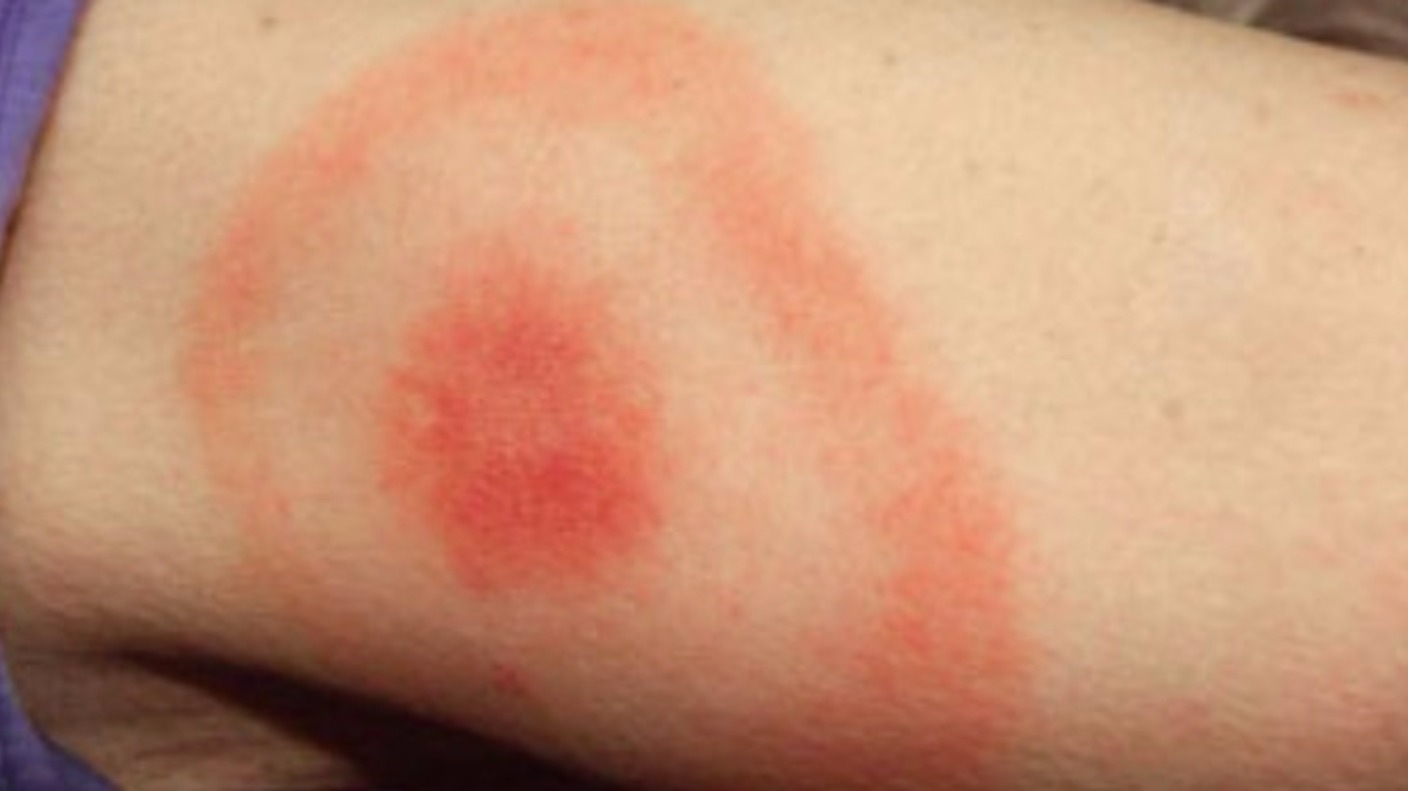Lyme disease, which can also be referred to as Lyme borreliosis, is an infectious disease that comes from ticks. Or rather, it comes from the bacterium Borrelia burgdorferi, which is carried by ticks (specifically the deer tick or black-legged tick). It’s actually the most common parasite-borne disease in the United States. Despite this, the general public still doesn’t seem to know much about Lyme disease and what it can do. With that in mind, read on to find out more and learn as much as you can about this condition and how to easily test for antibodies.
First, Know The Symptoms
The problem with trying to tie down Lyme disease symptoms is that they can vary from person to person. However, the main symptoms that the majority of people will experience in some way include:
- Muscle and joint aches
- Headache
- Fatigue
- Fever
- Rash
This rash is known as an erythema migrans, and it is quite noticeable and recognizable. It will start at the site of the tick bite, but over the following days, it will spread out across the skin.
Act On These Symptoms
If you notice any of these symptoms, you should test to see if you have antibodies of this disease, meaning you have or have had this disease. It is easy to get a Lyme disease test at home – it is quick and easy, and you can then get the treatment you need after. The blood test identifies your IgG and IgM antibodies for 3 types of bacteria, and if yours comes back positive, you need to take further action in the form of an immunoblot assay.
Diagnosis
It can be hard to diagnose Lyme disease because the symptoms are so similar to many other illnesses. This is why the Lyme disease test we mentioned above is a crucial element in diagnosis. If you have evidence of a tick bite and you are experiencing any of the symptoms mentioned above, it’s wise to get medical help quickly. Take the test and provide the evidence to your healthcare professional, who can then advise you on the next steps.
Treatment
Once Lyme disease has been diagnosed, you’ll need to undergo treatment to minimize the potential damage and to ensure you feel better much sooner. In most cases, this treatment will be a course of antibiotics over a time period of between two and four weeks. In most cases, if the infection is caught early enough and treatment is carried out, people will recover completely.
What Happens If You Don’t Treat Lyme Disease?
Lyme disease might not seem to be a serious issue – after all, we all get bitten by insects occasionally – but if left untreated, Lyme disease can cause many other issues, which can be life-changing.
Arthritis is a condition that people can often experience after untreated Lyme disease, and so too are heart palpitations, facial paralysis, and, something that is truly worrying, cognitive decline. Of course, not everyone who contracts Lyme disease will get any or all of these additional conditions, but there is always a chance that it could happen. This is why you should take a Lyme disease test as soon as you think you might be suffering from this condition.
Prevention
As with most conditions, prevention is better than cure with Lyme disease. This would mean not getting bitten by ticks in the first place. This might sound impossible, especially if you like to be outside, but there are certain measures you can take.
To begin with, wear long sleeves and pants to cover up as much skin as possible – this reduces the risk of a bite. You can also use insect repellents, and when you’re in a wooded area, try to stick to the marked trails as much as possible.

